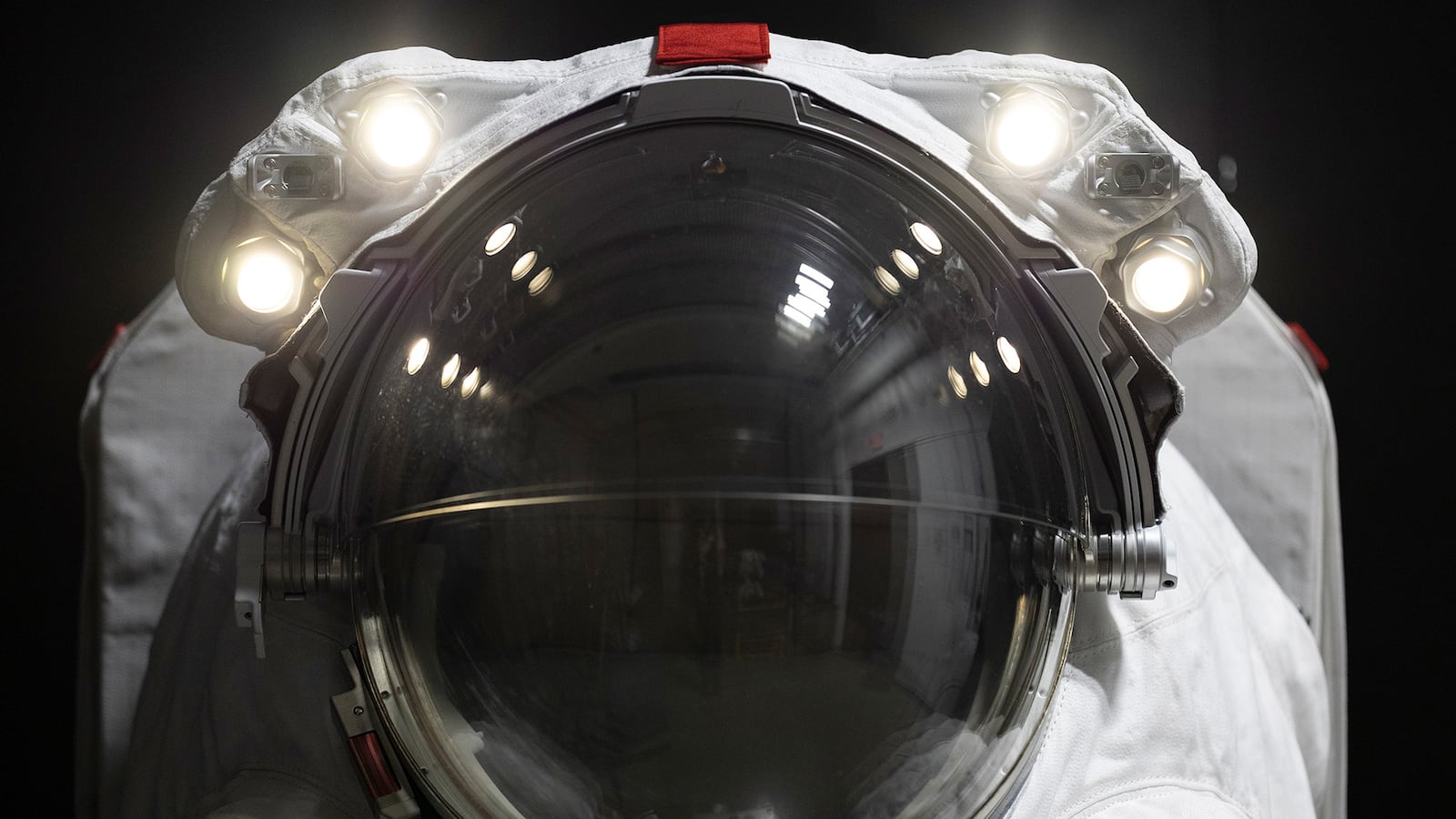The first batch of NASA astronauts to go to the moon since 1972–a crew which will include the first woman and first person of color to visit the lunar body—will be outfitted in high-fashion Prada spacesuits for the occasion. In other words, their moonwalks will also be catwalks.
The designer brand announced its collaboration with the space exploration and infrastructure company Axiom Space Inc. In 2023, Axiom Space was assigned to create the suits for the mission by NASA, its second such contract with the agency. Axiom Space is also one of three NASA-funded commercial space station partners.
Unveiled in Milan, Italy, on Wednesday, the Axiom Extravehicular Mobility Unit (AxEMU) spacesuit will be worn by the four astronauts on NASA’s Artemis III mission. These space—and style—pioneers will wear the suit while exploring the lunar South Pole area, on a mission set to launch no earlier than Sept. 2026.


Although similar in its overall appearance to previous astronaut ensembles, the suit was designed with high-performance sewing techniques, which will “bridge the gap between highly engineered functionality and an aesthetically appealing white outer layer, providing astronauts with an increased level of comfort while improving the materials’ performance,” according to Axiom Space.
While Prada's logo does not feature on the suits, there are also red stripe details to be found, not only to make the astronauts identifiable, but possibly to nod to one of the fashion label’s signature colors.
The suit will be able to withstand the lunar South Pole’s extreme temperatures, Axiom Space said in its release, adding that astronauts will be able to perform spacewalks for at least eight hours.
It also features a portable life support system backpack, because accessories matter. Especially life-saving ones.
“Partnering with Axiom Space has been an unprecedented journey,” Prada’s chief marketing officer Lorenzo Bertelli told Vogue. “I am particularly proud of our teams who have worked to provide tailor-made solutions to increase astronauts’ comfort and flexibility.”






